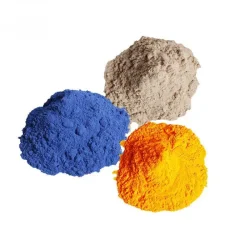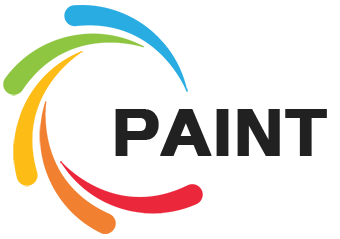What is the purpose of coating?
2023-10-31
Coatings serve a variety of purposes across different industries and applications. The primary purpose of a coating is to provide a protective layer or finish to enhance the performance, appearance, and longevity of the underlying substrate or surface. Here are some of the key purposes of coatings:
1. Protection: Coatings provide a protective barrier to shield substrates from environmental factors, such as moisture, UV radiation, chemicals, and mechanical wear and tear. This protection can prevent corrosion, deterioration, and damage to the underlying material.
2. Aesthetics: Coatings are often used to enhance the appearance of surfaces. They can provide color, gloss, and texture to achieve specific aesthetic goals, making surfaces more visually appealing.
3. Durability: Coatings increase the longevity and durability of materials, extending their service life by minimizing wear, abrasion, and degradation. This is particularly important for materials exposed to harsh conditions.
4. Corrosion Resistance: Many coatings, especially in the industrial and automotive sectors, are designed to resist corrosion, preventing the degradation of metal substrates due to exposure to moisture and chemicals.
5. Waterproofing: Waterproof coatings are used to prevent the penetration of water or moisture into surfaces, which is crucial for applications like roofing, concrete structures, and building envelopes.
6. Chemical Resistance: Coatings can protect surfaces from chemical exposure and damage, making them suitable for environments with corrosive substances.
7. Thermal Insulation: Certain coatings provide thermal insulation, reducing heat transfer and improving energy efficiency in applications like building insulation and pipelines.
8. Electrical Insulation: Coatings can insulate electrical components and protect them from electrical arcing and shorts.
9. Fire Resistance: Fire-resistant coatings are used to reduce the flammability and spread of flames in building materials and other fire-prone surfaces.
10. Adhesion: Coatings can improve the adhesion of paint, adhesives, and other materials to a substrate, ensuring better bonding and performance.
11. Easy Cleaning: Some coatings, such as non-stick coatings, make surfaces easier to clean by preventing the adhesion of dirt, oil, and other contaminants.
12. Lubrication: Lubricating coatings reduce friction between moving parts, improving their efficiency and lifespan.
13. Antimicrobial Properties: In healthcare and food processing industries, coatings with antimicrobial properties are used to inhibit the growth of bacteria and microorganisms on surfaces.
14. UV Protection: UV-resistant coatings are applied to surfaces that are exposed to sunlight to prevent fading, deterioration, and damage caused by ultraviolet radiation.
15. Sound Insulation: Coatings can be designed to reduce noise transmission through walls and structures, improving acoustic insulation.
16. Graffiti Resistance: Some coatings are engineered to resist graffiti, making it easier to remove unwanted markings and vandalism.
Coatings are versatile and are used in a wide range of applications, including automotive, architectural, industrial, aerospace, marine, and more. The choice of coating depends on the specific requirements of the application, the type of substrate, and the desired performance characteristics. Different types of coatings, such as paints, sealants, varnishes, and specialized coatings, are developed to meet these various purposes.



